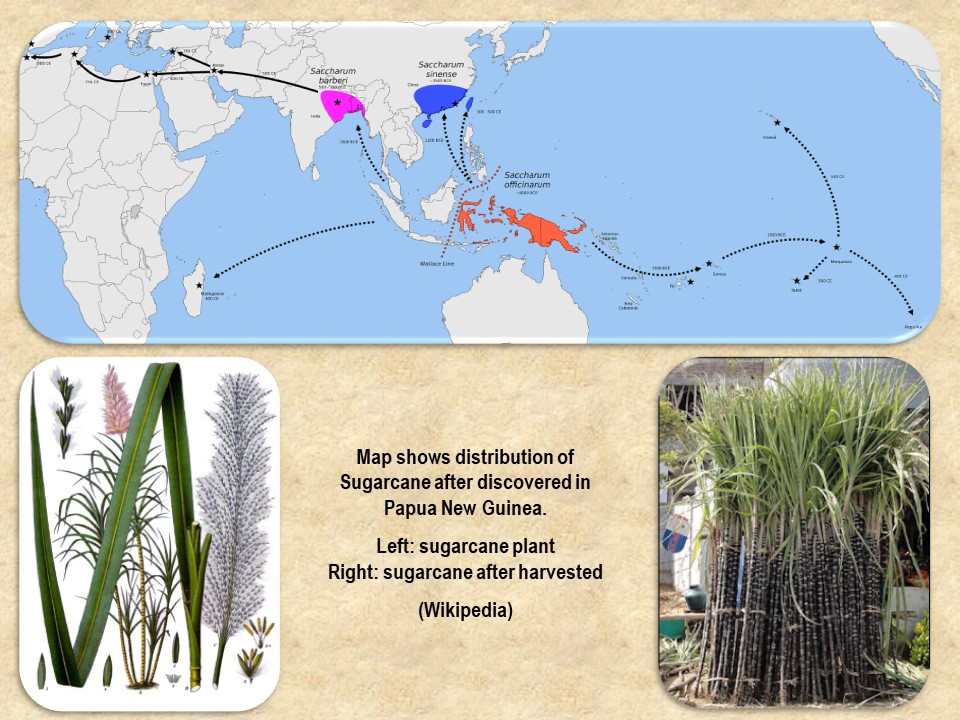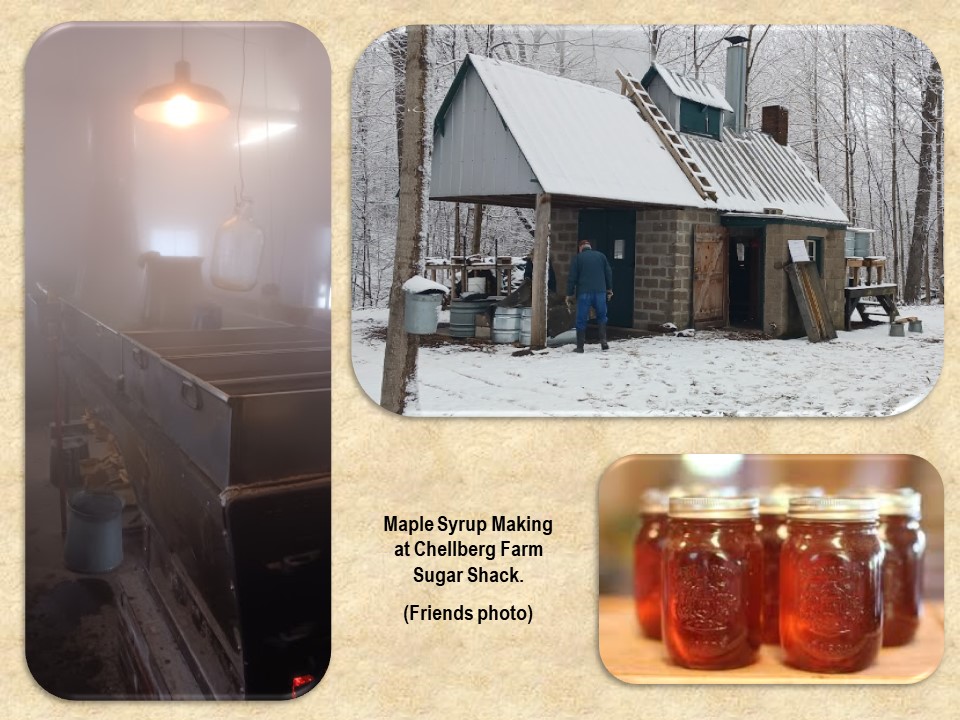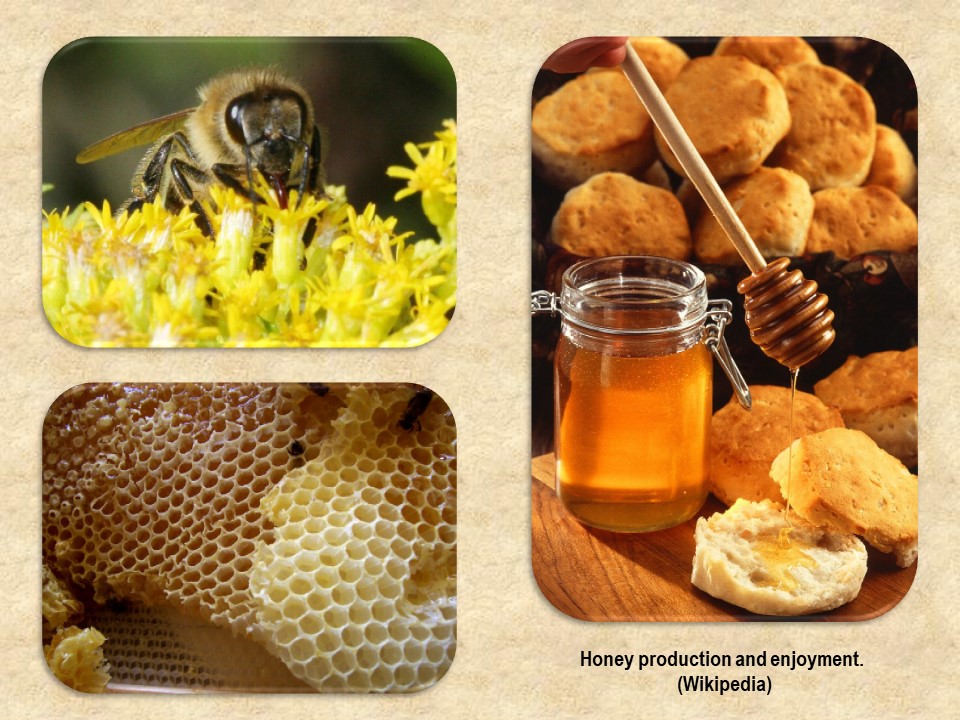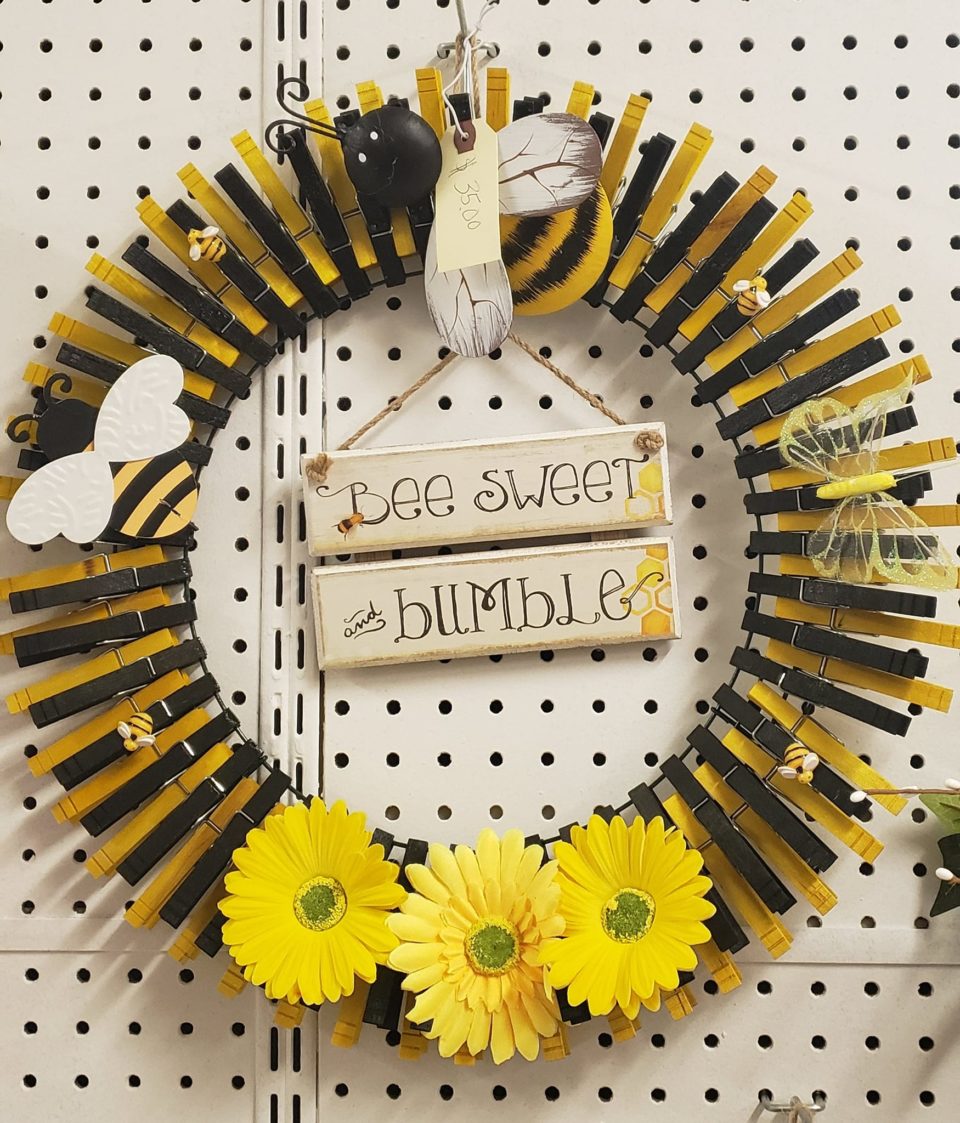The human fondness and subsequent need for sweeteners has been a challenge since the beginning of recorded time. Its early history is full of stories of humans bravely climbing trees to extract honey from bee nests. What prompted them to first do this is still not known.
The oldest known sweet substance to be used besides fruits, dates, and berries is honey. Early cave paintings in Spain depict the robbing of honey from hives. It was considered the most important sweetener used in Western Europe until the 16th century. Honey was also being used by many native tribes in the Americas when the first white settlers arrived. Honey is still a proper commercial product for its sweetness and natural antioxidants. There are many local duneland bee keepers.

However, the best-known sweetener indigenous to native tribes of Canada and the Northeastern United States was maple syrup. Its history and uses were covered in last week’s Way Back Wednesday. Hopefully this past weekend, you had an opportunity to visit Maple Sugar Time at the Chellberg Farm to see and taste this amazing sweetener.
Some 2,500 years ago when first discovered, the natives of the islands in the South Pacific were chewing a stalk like grass, sugarcane, for its sweet taste. By 500 BC, this sugarcane plant had spread from these islands to southeastern Asia, India, China, the Hawaiian Islands, and other places. The word sugar is believed to be Sanskrit in origin. The actual production of raw sugar from the sugarcane plants occurred in India sometime after the first century AD. Check out The Tiny Solo Stove ‘Mesa’ Is a Sweet Little Camp Or Backyard Buddy
The westward migration of sugarcane was extremely slow with the Crusades hastening the spread of this crop into the European countries. During the medieval period, sugar was very expensive and used only as a medicinal drug or as a sweet treat for the very rich. In the late 1400s, the Portuguese took sugar to Brazil from where it easily spread throughout the Caribbean islands. However, producing sugar from sugarcane was an extremely labor-intensive product which led to indentured and enslaved people being imported to plant, harvest and process the sugarcane. By the late 1600s, the sugar trade was confined to sugar producing colonies and their mother countries in Europe.

The early settlers of the original 13 colonies were limited to honey and maple syrup which proved inadequate for their needs or more likely their desires. Sugar and sugarcane molasses from the Caribbean was routinely smuggled into the colonies due to the high tariffs charged for their import to the colonies and was an essential component of the Revolutionary War.
By the early 1800s, sugarcane was being grown in the fertile soil and warmer climates of the southern United States. From 1820 to 1860, the per capita consumption of sugar rose from 9.5 pounds to 32.6 pounds about a third of the present-day rate of consumption. At this same time, the sorghum plant had been introduced and growing well in the northern and midwestern states. Juice from the sorghum stalks could be cooked to create sorghum syrup, a sweetener like cane molasses. Many early settlers to the duneland area would grow sorghum plants as another sweetener source in addition to maple syrup and honey. The seed tops and unused stalk parts of the sorghum plant were used as animal feed.
Just prior to the Civil War, sugar beets were introduced to the United States from Western Europe where it was discovered that these beets could be bred to produce a raw sugar identical to or maybe better than cane. Sugar beets would grow in climates that were too cold for sugarcane. The early sugar beet factories in the United States were small and not successful until the late 1800s. Currently, sugar beets account for nearly 30% of the world’s sugar production.

Throughout time, sugar has been a rare and expensive commodity. Many wars in the United States (Revolutionary, Civil and Spanish-American) have been fought over this commodity. Numerous peoples have been abused or enslaved for its production. Other cheaper sweetener alternatives such as high-fructose corn syrup are being developed. The juice of palm trees is being processed as you would maple sap to produce palm sugar, a comparatively heathier option due to its lower glycemic index. Leaves of the stevia plant are used to create a carbohydrate free substance many times sweeter than refined white sugar although some people find it bitter. Sugar, a food nobody needs but many crave, will continue to be one of the commonly traded assets worldwide.
By Friends of Indiana Dunes, Inc.

